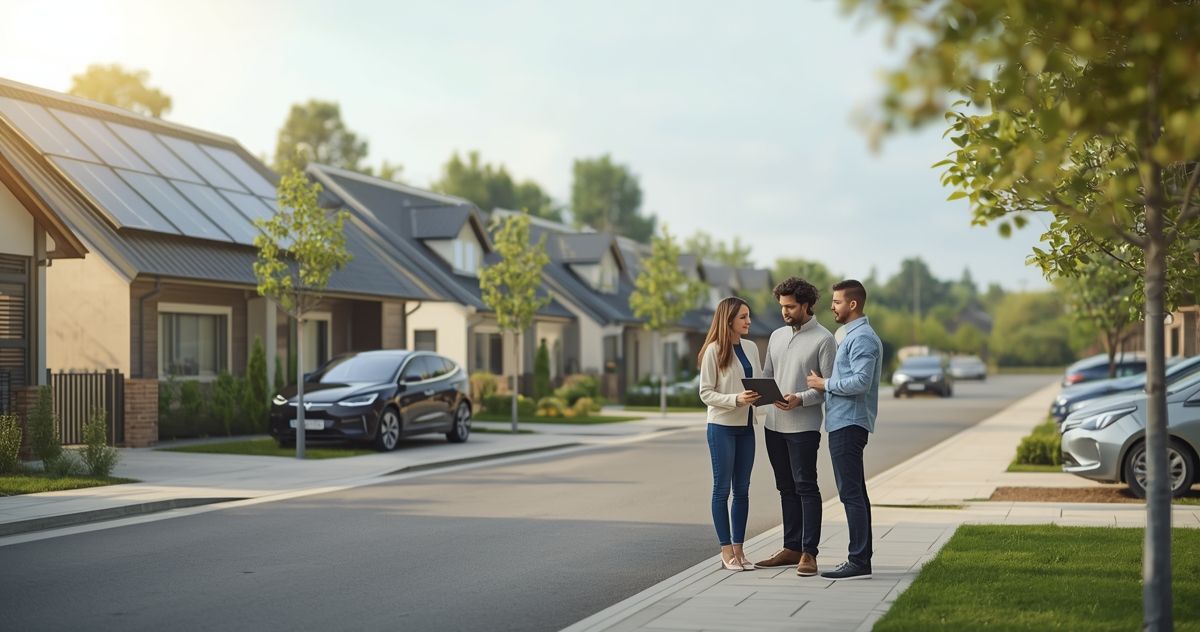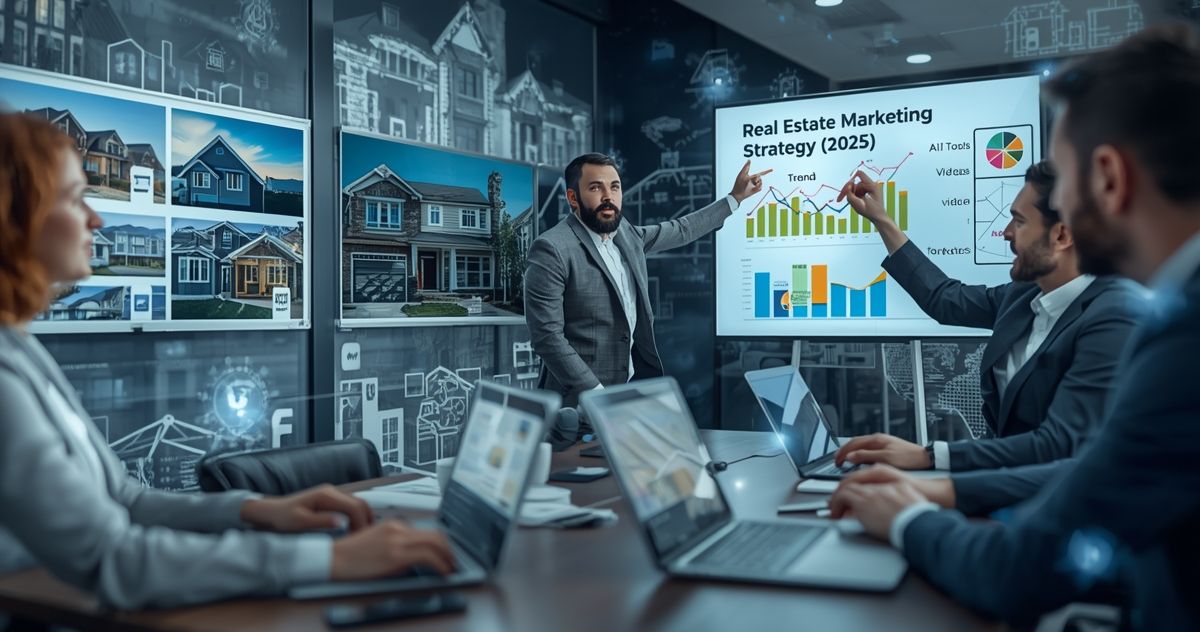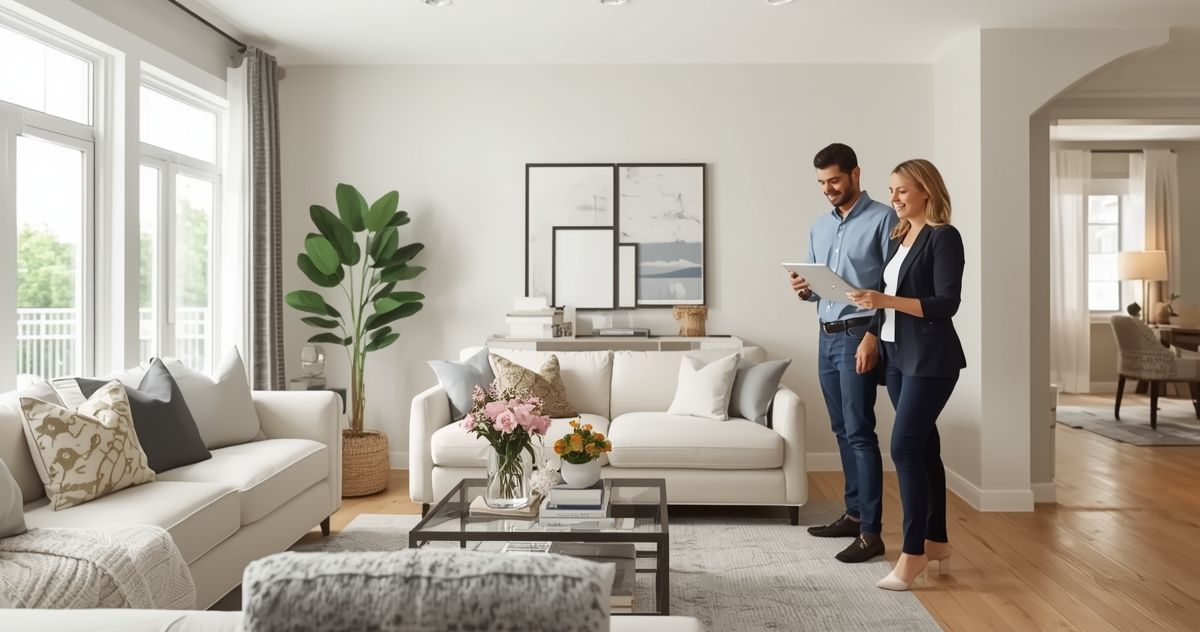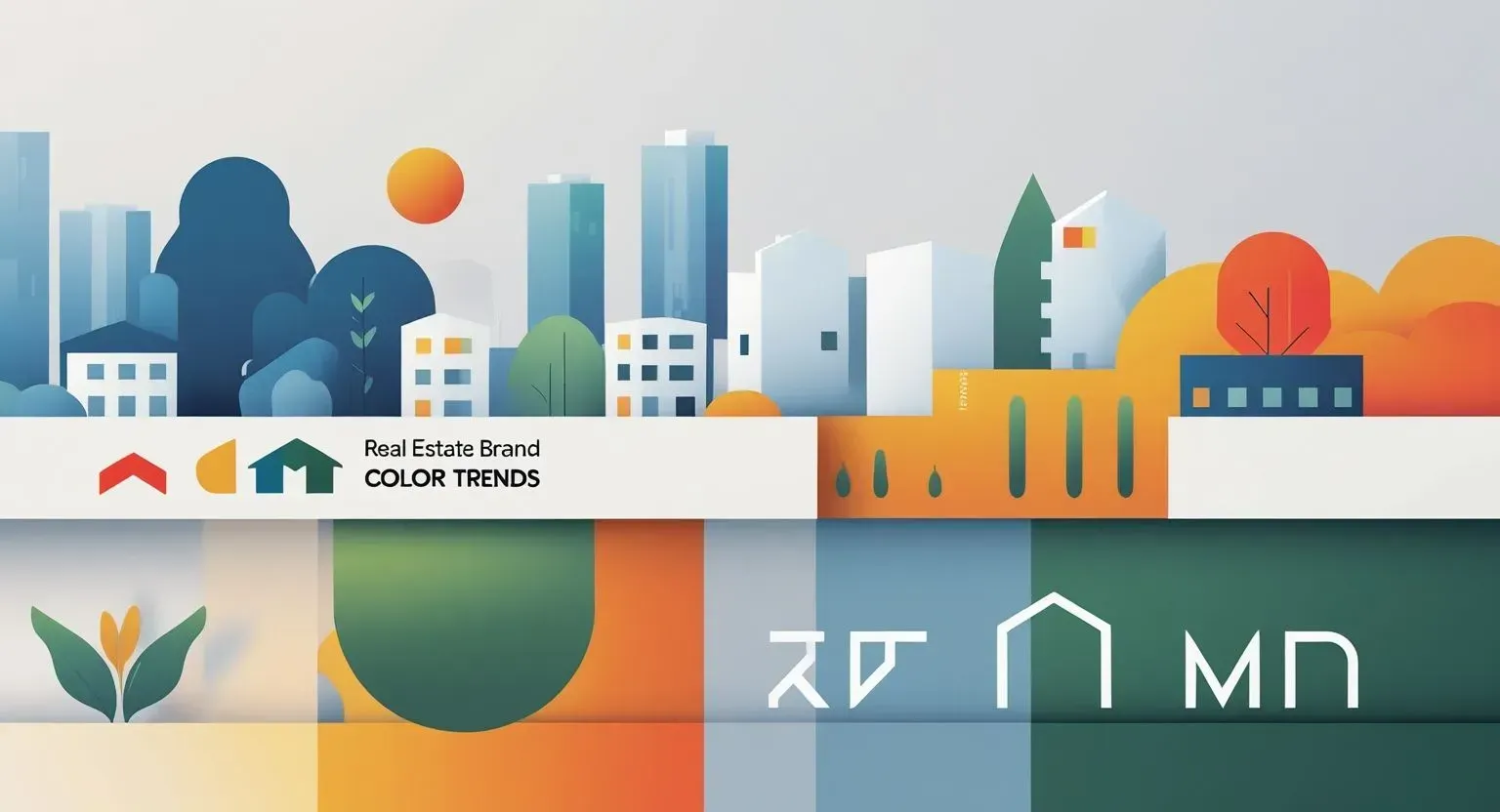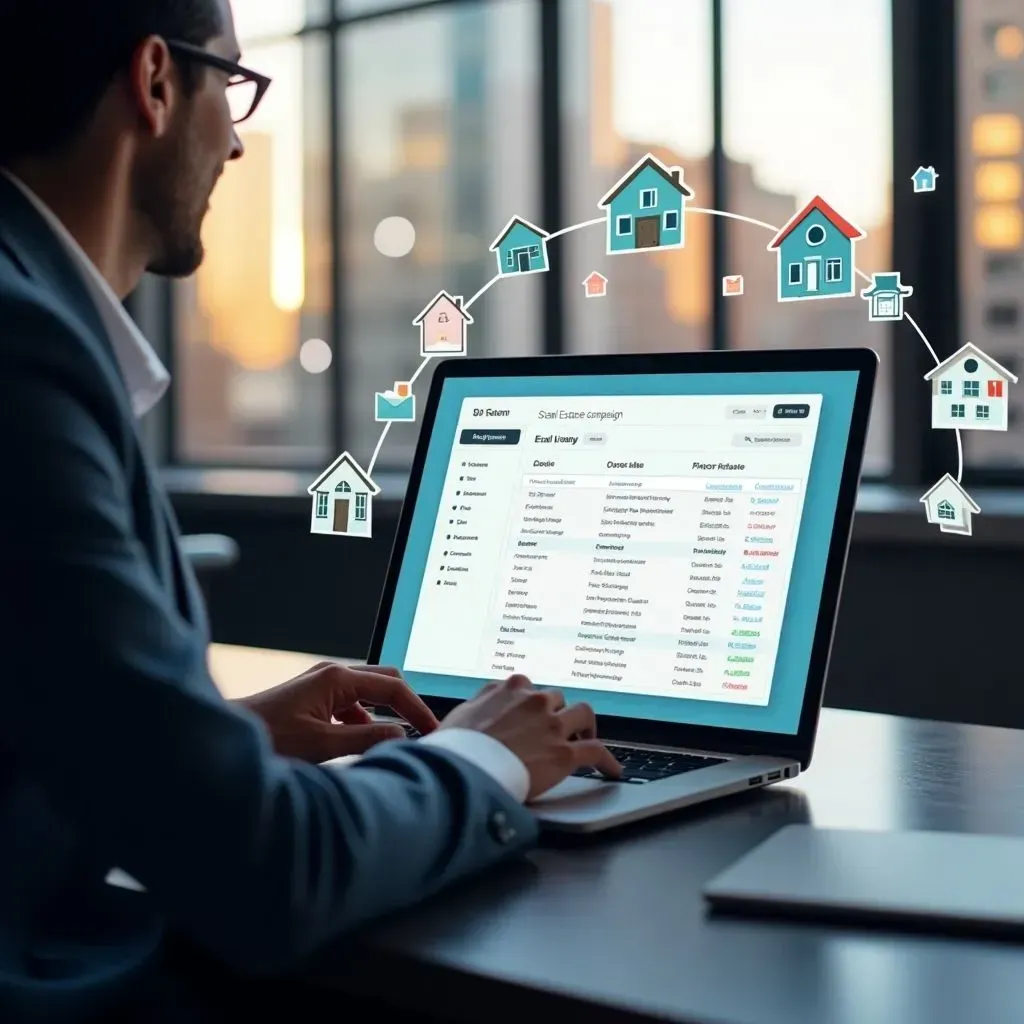Comparing Virtual Tours vs. Traditional Open Houses: What Works Best?
Comparing Virtual Tours vs. Traditional Open Houses: What Works Best?
When it comes to exploring real estate, both virtual tours and traditional open houses offer unique benefits.
Virtual tours allow you to explore a property from the comfort of your own home. They make it easy to view multiple homes without the need to travel.
On the other hand, traditional open houses give you a real feel of the space. You can walk through rooms, gauge the atmosphere, and experience the neighborhood.
Both methods have perks, and choosing between them depends on individual preferences and circumstances. Let's explore what works best for different needs.
The Benefits of Virtual Tours
Virtual tours have made a significant impact in the real estate market, especially in the digital age. Here's why they are becoming increasingly popular:
- Convenience: Access from anywhere means that potential buyers can view properties without the constraints of time and location.
- Time-Saving: Eliminate the need for physical travel to multiple properties by exploring them online.
- Extended Reach: Sellers can attract international buyers by providing virtual showings that transcend geographical barriers.
Traditional Open Houses
Traditional open houses still hold significant value and offer experiences that virtual tours cannot replicate. Here are some reasons why they remain a staple:
- Tangible Experience: There is nothing quite like physically walking through a property to feel its true essence. The spatial experience of moving from room to room allows you to assess the flow and layout more effectively than a virtual tour might.
- Sensory Assessment: Smell fresh paint or feel the texture of countertops. Traditional open houses engage all the senses, providing an authentic feel for the property that photographs and virtual tours simply cannot.
- Instant Feedback: Face-to-face interaction with agents allows for immediate answers to questions and real-time insights. This personal touch can facilitate better communication and potentially smoother negotiations.
Flexibility and Personalization
Beyond the tangible benefits, traditional open houses provide unique opportunities for buyers and sellers.
- Customization: Sellers can tailor the open house environment to highlight features they want potential buyers to notice, such as ambient lighting or engaging impressions through staging.
- Community Insight: Attendees can simultaneously explore the neighborhood, getting a sense of the community’s vibe and amenities, such as schools or parks, which are often key deciding factors for buyers.
Comparing Effectiveness
| Feature | Virtual Tours | Traditional Open Houses |
|---|---|---|
| Convenience | Access properties from any location at any time. | Physical presence required on specific days and times. |
| Sensory Engagement | Limited to visual and auditory experiences. | Full sensory experience including touch, smell, and ambiance. |
| Geographic Reach | Can reach potential buyers globally without travel. | Typically reaches local buyers due to location constraints. |
| Personal Interaction | Interaction is indirect, often via messages or emails. | Direct, face-to-face communication with real estate agents. |
| Time Efficiency | Offers a quick overview of multiple properties in one sitting. | Requires time to visit each property individually. |
| Customization and Staging | Virtual staging options can emphasize different property features. | Physical staging allows for real-time adjustments. |
This table highlights the key differentiators between virtual tours and traditional open houses, outlining who may benefit from each method based on their individual needs and preferences.
Practical Tips for Real Estate Agents
For agents, knowing when to use virtual tours versus traditional open houses is key. Properties with unique selling points or those catering to distant markets may benefit from virtual tours.
Meanwhile, homes with historical charm, intricate details, or stunning locations might be better served through open houses.
To maximize the impact of both strategies, agents should consider the following best practices:
- Leverage Technology: Use high-quality cameras and editing software for virtual tours to ensure a professional and engaging presentation. For open houses, invest in staging and ensure properties are well-lit and inviting.
- Target Your Audience: Understand the preferences of your target buyers and tailor your approach accordingly. Tech-savvy individuals may prefer virtual tours, while families might appreciate open house events.
- Integrate Both Methods: Use virtual tours as a preliminary step to gauge interest and filter serious buyers. Follow up with exclusive open house events for pre-qualified leads.
Looking to explore properties in a way that suits your lifestyle?
Both virtual tours and traditional open houses offer unique benefits and challenges. By understanding the strengths of each approach, real estate agents can adapt their marketing strategies to meet the evolving needs of their clients and the market.
For agents ready to enhance their marketing efforts, exploring these dynamic methods can lead to increased visibility, engagement, and ultimately, successful sales.
By staying informed and adaptable, real estate professionals can thrive in an industry that's continuously changing.


